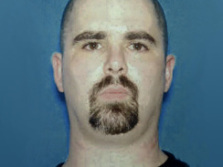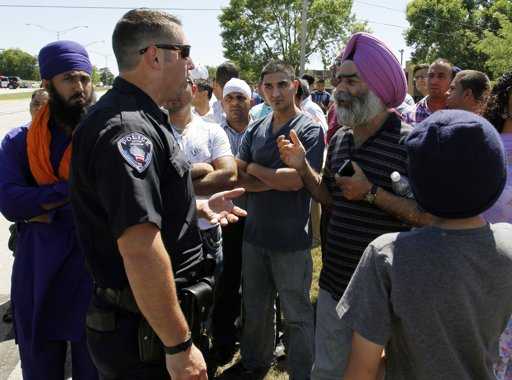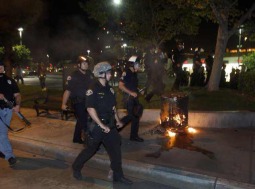From [HERE] The gunman in the shooting at a Sikh temple over the weekend has been labeled a potential domestic terrorist — defined as one who incites politically-motivated violence against his or her own country. In Wade Michael Page’s case, that political motivation was likely white supremacy, a growing problem in the United States.
But when, in 2009, the Department of Homeland Security reported that white supremacy is the US’s biggest threat for domestic terror, it was met with harsh criticism. Conservatives blasted the department for defining terror threats too broadly, instead of focusing on potential Islamic terrorists. Then-House Minority Leader Rep. John Boehner (R-OH) was one of those who berated DHS, saying that they weren’t focusing on the real threats the US faces:
[T]he Secretary of Homeland Security owes the American people an explanation for why she has abandoned using the term ‘terrorist’ to describe those, such as al Qaeda, who are plotting overseas to kill innocent Americans, while her own Department is using the same term to describe American citizens who disagree with the direction Washington Democrats are taking our nation. Everyone agrees that the Department should be focused on protecting America, but using such broad-based generalizations about the American people is simply outrageous.
The report was titled “Rightwing Extremism: Current Economic and Political Climate Fueling Resurgence in Radicalization and Recruitment,” and it named white supremacists, radical anti-abortionists, and a few “disgruntled veterans” as most susceptible to recruitment by extremist groups, or to harboring resentment that may lead to domestic terrorism. DHS stressed that, during recessions, these threats go up, and law enforcement should be on the lookout for such extremism:
DHS/I&A has concluded that white supremacist lone wolves pose the most significant domestic terrorist threat because of their low profile and autonomy—separate from any formalized group—which hampers warning efforts..[...]
Returning veterans possess combat skills and experience that are attractive to rightwing extremists. DHS/I&A is concerned that rightwing extremists will attempt to recruit and radicalize returning veterans in order to boost their violent capabilities.
The report’s findings were congruous with previous studies that indicate right wing extremism is responsible for more instances of violence every year (with the exception of 2001, when the September 11th attacks happened) in the United States than Islamic extremist. It also tracks with the rise of hate groups in the US since 2000. Sec. Janet Napolitano ended up withdrawing the report and apologizing to veterans who felt they’d been called out, stressing that the threat was limited to a very small number of veterans.
Page, the Sikh temple shooter, was one of these veterans. According to Oak Creek, Wisconsin law enforcement, he served in the army from 1992 to 1998. He was administratively discharged in 1998, and had a known “patterns of misconduct.” After leaving the service, he was arrested twice, once for a DUI and once for criminal mischief — both in the 1990s.
The gunman had also been tracked by the Southern Poverty Law Center for around a decade because of his ties to white supremacy groups. While he apparently “popped up” on the FBI’s radar about six years ago, it seems they had no active investigation.
















































































































































































































































































